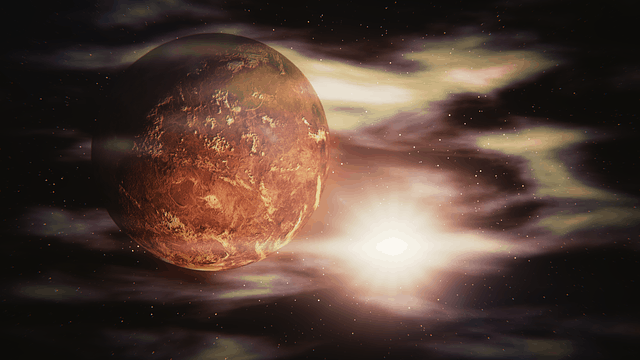If life on Venus really exists, NASA may have first detected it in 1978. But this groundbreaking finding went unnoticed for 42 years, according to a group of scientists who studied the archives of the US space agency.
Finding life on Venus is still a long shot, but now at least there are reasons to take that idea seriously, writes the Live Science portal.
On September 14, a team of scientists made a shocking announcement: they managed to detect phosphane – a toxic gas long considered a possible sign of extraterrestrial microbial life – in the thick atmosphere of this planet.
This finding represents a milestone in the long search for life on other planets and celestial bodies in the solar system. Previous studies focused their attention mainly on Mars and a few moons that orbit Jupiter and Saturn. Meanwhile, Venus, the hot and poisonous planet, was long considered too inhospitable to support microbial life.
Now, however, having analyzed NASA archives, Rakesh Mogul, a biochemist at California Polytechnic University, and his colleagues have found a trace of phosphane in the data collected in 1978 by the Pioneer 13 probe. The collection was made possible by the Pioneer Venus large probe neutral mass spectrometer (LNMS). It is one of the few instruments that in that year descended into the atmosphere of the toxic planet. Suspended with a parachute, the device collected data and transmitted it to Earth.
The LNMS took samples from the atmosphere and ran them through mass spectrometry. It is a standard technique used in laboratories to identify unknown chemicals. When scientists first analyzed the LNMS results in the 1970s, the phosphorus-based compounds did not attract their attention. The presence of atoms of this chemical element was dismissed because people believed that “they could not have existed in the atmosphere” of Venus, Mogul said.
The US scientist and his colleagues also found traces of other elements and chemicals that should not have appeared in the clouds of Venus such as chlorine, oxygen and hydrogen peroxide. What is needed now is a greater and sustained exploration of Venus-like “the one that was done in the case of Mars.”
“(…) We need to conduct long-term chemical and geological studies to understand the sources of any potential chemicals in the clouds. These studies could be derived from orbital probes, cloud-suspended balloon probes, and / or stable landing probes. heat, “he said.
The last feature, mentioned by Mogul, is particularly important, given that Venus has a notorious reputation for killing any robot that lands on its extremely hot surface. In fact, NASA and the space agencies of the EU, Russia and India already have plans to build devices capable of travelling to this planet.
